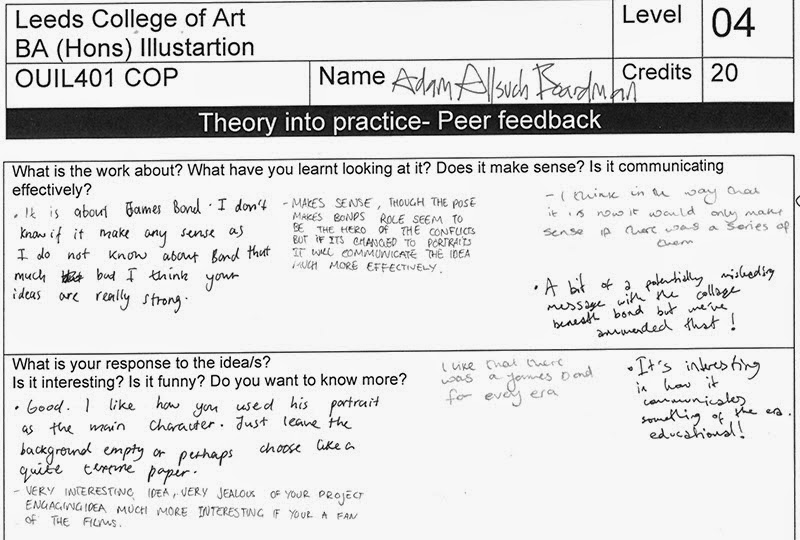Through the duration of this project I wish to improve how I use sketchbook space, as I have found that I am somewhat wasteful in my illustrative practise. I would suggest that it would be a poor reflection on my practice if I criticise wasteful design through my work, whilst doing nothing to improve my efficiency.
The obvious way to address wasteful design is to make each page visually dense, so rather than producing large quantities of uninvolved drawings, I would instead use the all of the free space available.
I have found the book 'Made the Break' highly useful to fuel my initial research. The book summarised the growth of the culture of obsolescence.
(SLADE, GIles, 2006, ‘Made to Break’, Cambridge, Massachusetts, Harvard University Press)
The book explains the three distinct forms of obsolescence:
Technological Obsolescence
The normal improvement of technology causes the replacement of hardware / software
Psychological/Progressive/Dynamic Obsolescence
Consumers purchase newer products as they are marketed as 'new'. They are pressured to buy the products in order to conform
Planned Obsolescence
Manufacturers create products with deliberately short life-spans, to increase the rate at which consumers buy replacements
The book also has a great amount of quotes from industry leaders who initially pioneered the concept of planned obsolescence to ensure profit. I found it interesting that these figures rationalised the obviously wasteful practice as a tool to ensure continual economic stability.
'Our whole economy is based on planned obsolescence, and everybody who can read without moving their lips should know it by now. We make good products, we induce people to buy them, and then next year we deliberately introduce something that will make these products old fashioned, out of date. We do that for the soundest reason: to make money!'
PRENTIS, Karl 1958, 'Brooks Stevens: He Has Designs on Your Dough,' True: The Man's Magazine 1958


















































